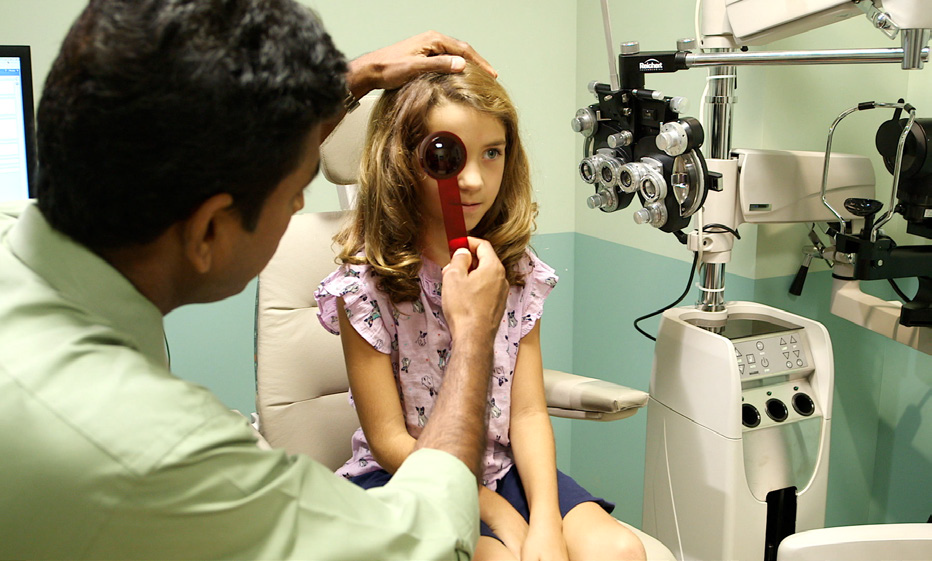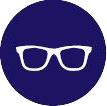Myopia Management

WHAT IS MYOPIA?
Myopia, also known as nearsightness, is the vision condition that occurs when the eye is too long so that light entering doesn’t focus correctly and creates blurry vision in the distance. Cases of myopia have increased dramatically worldwide and is now the leading cause of visual impairment. Today, about 42% of the US population has myopia compared to just 25% in the 1970s. Myopia typically develops between 6 and 18 years of age.
RISK FACTORS

GENETICS

LIFESTYLE

OUTDATED PRESCRIPTIONS
MANAGING MYOPIA
What can parents do to reduce the risk of myopia or reduce its progression in children once it develops?
YEARLY EYE EXAMS
SPEND MORE TIME OUTSIDE
FOLLOW YOUR DOCTOR’S MYOPIA MANAGEMENT RECOMMENDATION
- Atropine is a prescription eye drop used to dilate the pupils of the eyes and historically used to treat lazy eye. The specific mechanism of atropine is not fully understood in regards to myopia management however it has shown to slow the growth of the eye therefore slowing down the progression of myopia.
- We prescribe a very low concentration Atropine eye drops that are used once nightly 1 hour before bedtime. Your child will still need to wear glasses and or contacts to correct their vison.
A new FDA approved soft contact Lens called MiSight have also been shown to slow down the progression of myopia. An optometrist will determine if you are a good candiate for MiSight by Cooper Vision, a soft single use daily replacement lens which is FDA approved for Myopia Management. Lenses will be put in and taken out daily. Kids can easily adapt to contact lenses, play in sports and continue their daily activities.
A GOOD CONTACT LENS CANDIDATE WILL HAVE:
- A desire to wear them
- Realistic expectations about contact lens wear
- The ability to follow directions regarding inserting and removal independently
- A prescription that lends itself to contact lenses
- No adverse eye health problems
FITTING APPOINTMENT(S) AFTER YOUR EXAM
FOLLOW UP EXAM
Ortho Keratology (ORTHO-K) is another treatment of progressive myopia using a rigid contact lenses worn over night for slowing progression of Myopia.
This service is currently only available at the Kaiser Baldwin Park Medical Center.